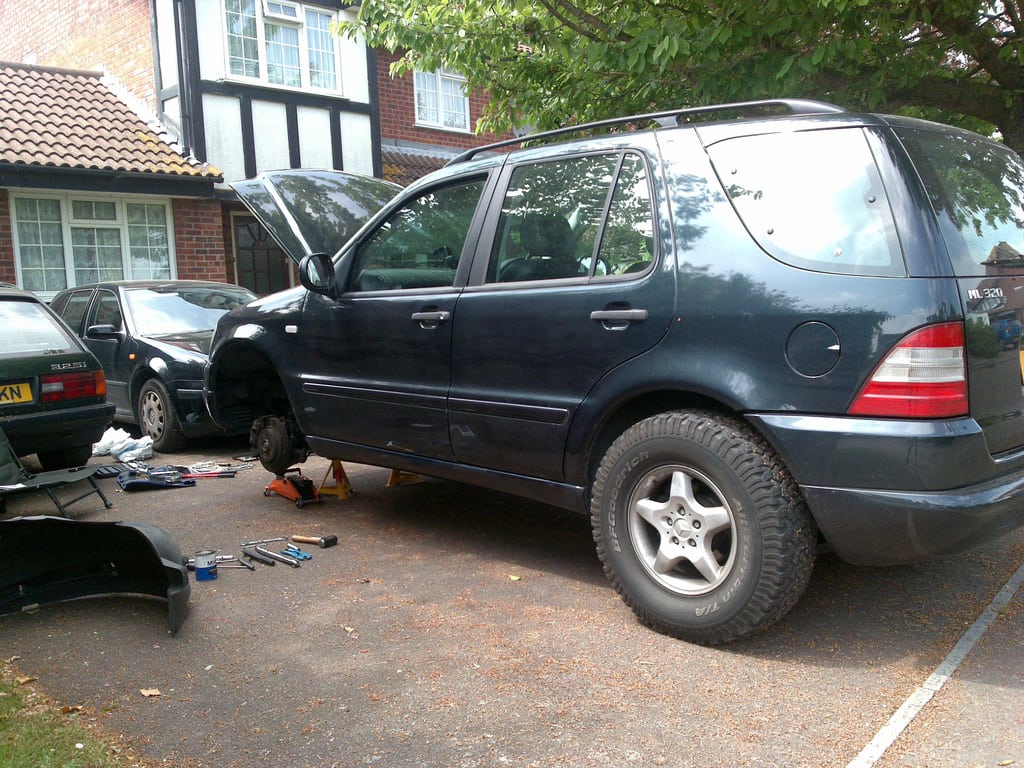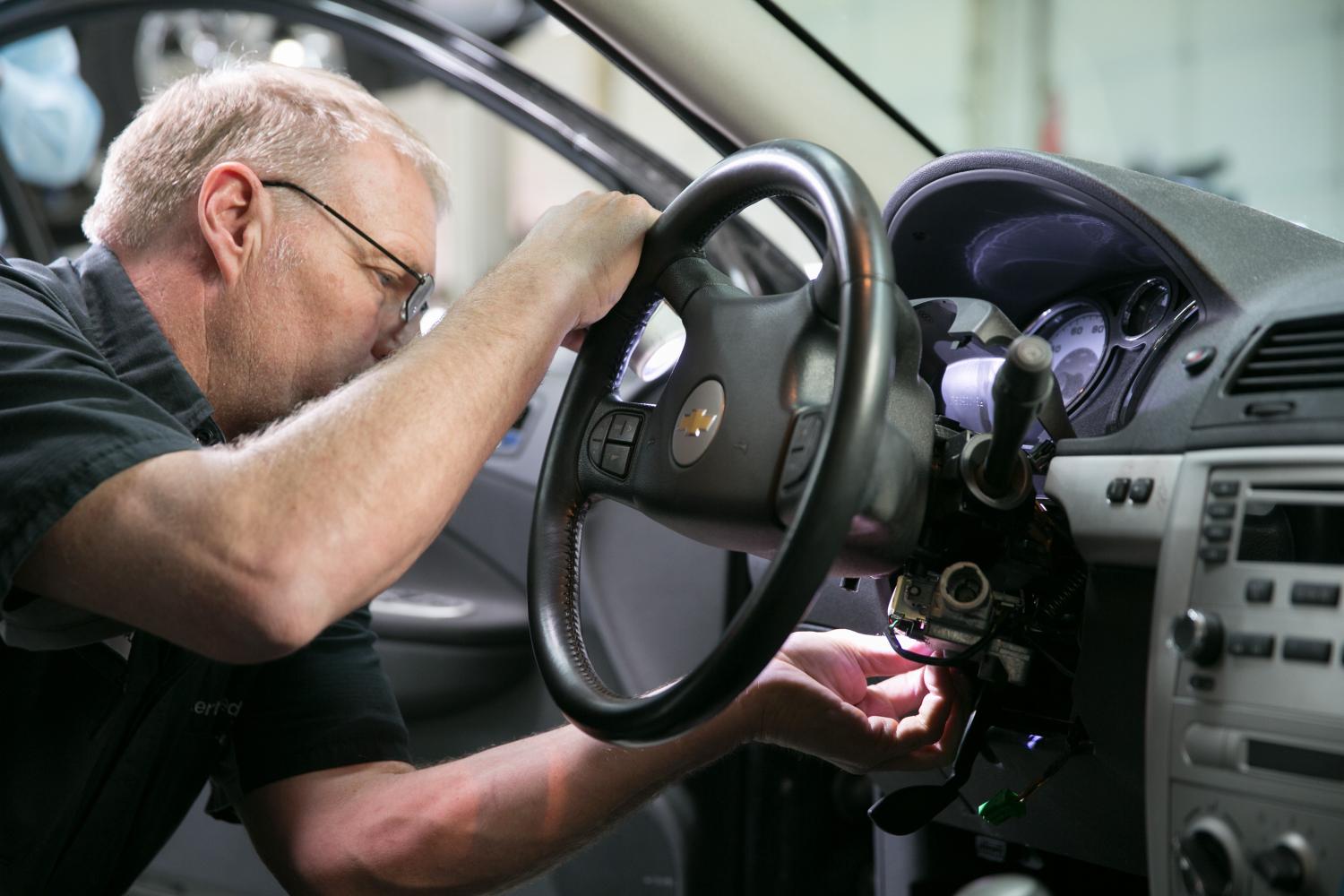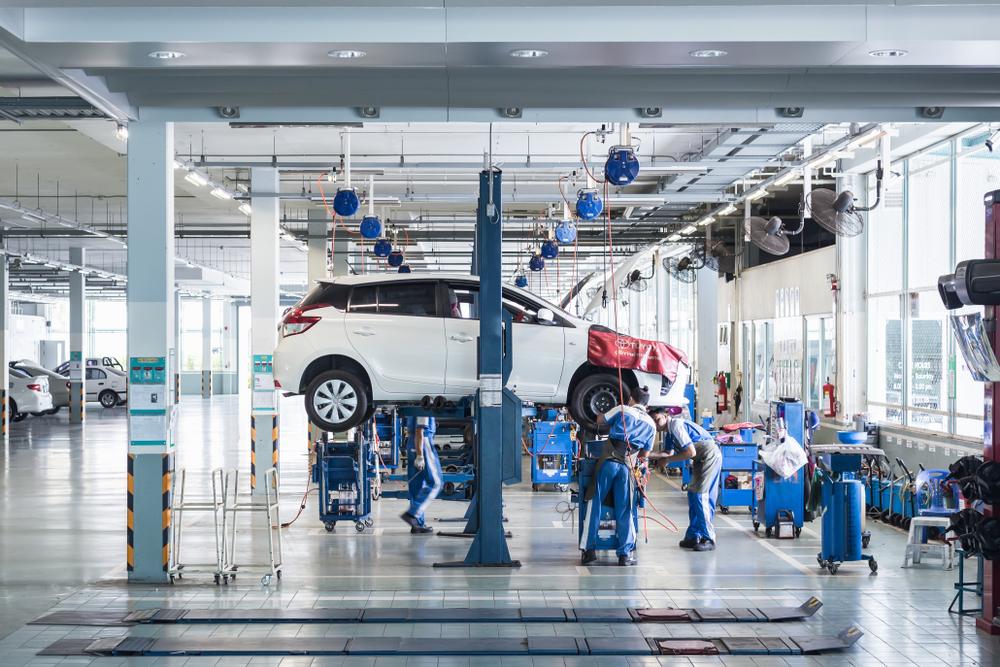The bane of every car owner’s life is having to pay for expensive auto shop bills. Most trips to your friendly dealer or auto shop usually end up with bills that amount to three and four figure sums!
To give you a real-life example, the roof aerial on my car went bust. I couldn’t even pick up radio transmissions from my local radio stations. The part itself only cost a few bucks, but I got quoted an hour’s labor to remove the old one and fit a new one.
The trouble with my particular aerial is that it’s integrated with the base. Usually with roof aerials you just spend a few seconds unscrewing it from the outside. But, with my aerial, you also had to unscrew the base hidden inside the roof headlining inside the car!
As you can imagine, I was not willing to pay a three-figure sum and have my local dealer do the work for me. I did the job myself in just 20 minutes, and all I needed was a spanner to unscrew the aerial base.
Bear in mind that I had never done such a job on my car before, but I thought it couldn’t be that difficult a task to complete. And it turns out, I was right!
Not only did I gain a sense of achievement but I also saved myself a whole heap of money! To be fair, the dealer took pity on me and described to me what I needed to do as even they thought the price to do the work was obscene!
Of course, not all jobs on cars are that quick and easy to do. But with the skills and right tools at your disposal, it’s possible to repair and maintain your car yourself and save lots of cash.
The focus of today’s article is to show you that you can learn how to become a DIY mechanic. Here is what you need to know:
Getting to grips with the basics
Before you do anything on your car, the first thing you need to do is learn the basics of automobiles. It’s not just enough to know how to identify individual parts. You need to know what they do and what part they plan in the system they get connected to.
For instance, let’s say you know what your radiator looks like and where it is on your car. But do you know what it does, or what could happen if your car didn’t have one? There are a few ways that you can learn more about your car and vehicles in general.
One way is to lock yourself in a quiet room and spend a few hours doing research on the World Wide Web. There are plenty of free and useful resources that can tell you more about how a car works. One of my favorite websites is the HowStuffWorks website.
Another option is to buy a workshop manual for your car. Brands like Haynes and Chilton publish some excellent books for many modern cars. They often have detailed drawings, diagrams, and photographs as well as step-by-step instructions.
The final option and one that I recommend you do is to go on a basic mechanic’s course at your local college. I recommend this option because you get to carry out all sorts of tasks on real cars, and it’s not all theory-based learning. It’s an excellent option for those that find it hard to memorize written details. Like me, for example!
Some car enthusiasts take things a step further and get a job as a mechanic’s apprentice. Not only do you learn how to repair and maintain cars in a practical setting. But you also get paid for your troubles too!
Buy some tools
Knowledge and skills are two things that you will need to become a DIY mechanic. But the other important aspect of vehicle maintenance is tools. If you don’t have any tools, or the right tools to perform a particular job, you could end up causing damage to your pride and joy.
If you plan on doing a whole host of jobs on your car, you will need an array of tools at your disposal. Most tools that DIY mechanics have are general ones that you will find used in any auto shop. But there will be times where tools available only from the carmaker are needed.
Typical examples of the tools you will need include:
- Trolley jack. Useful for lifting a corner or one end of the car up safely and quickly;
- Socket set. Comprises of imperial and metric sockets used on motors and other car parts;
- Screwdriver set. It should include long-arm screwdrivers for hard to reach areas;
- Adjustable spanners. Sometimes it’s easier to use these tools than individual wrenches and sockets;
- Axle stands. When lifting your car up, the axle stands will support the weight of your car and prevent any accidents;
- Power tools. They can get used for drilling holes and driving screws and sockets.
A1 Carriages recommends buying other tools to help you finish any mechanical jobs quicker. For example, fault code readers can help you to determine specific faults logged by your car’s computer. The ECU or “electronic control unit” reads information from many sensors in and around your motor.
If something isn’t right, it will log an error code and illuminate the “check engine” light on your car’s dashboard. Without a fault code reader, you won’t know what part of your car’s motor is faulty.
Some people also buy individual computers that can run diagnostic tests on their cars. These tools, although expensive, are an excellent resource for DIY mechanics. They are the same tools that get used by auto shops on a daily basis.
Working space
As you want to work on your car at home, it’s important you have somewhere dedicated to the task. In an ideal world, you would use the garage to shelter you and your car from the elements. But a lot of DIY mechanics also work on their vehicles on their driveways.
Cover photo: Flickr







